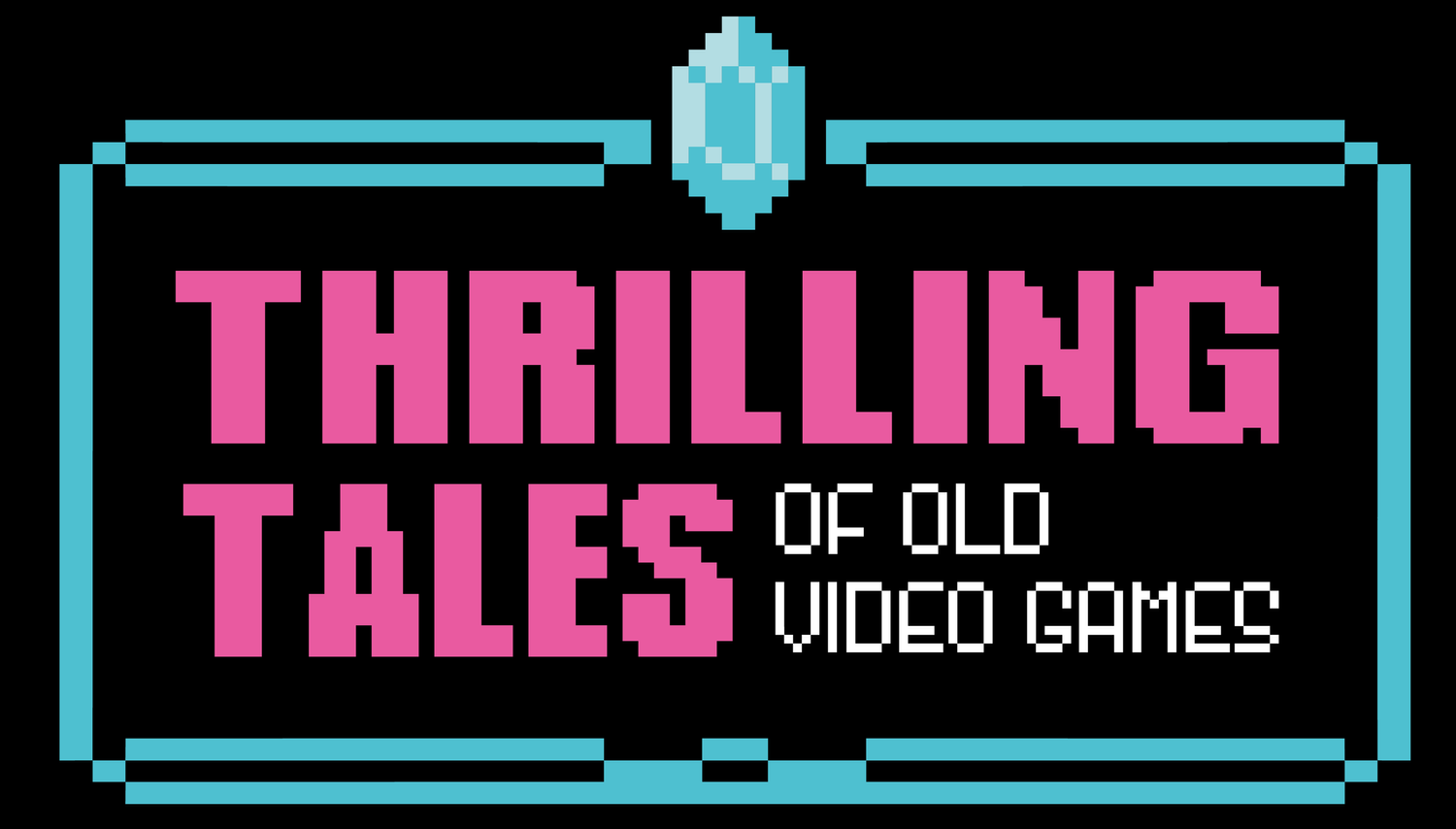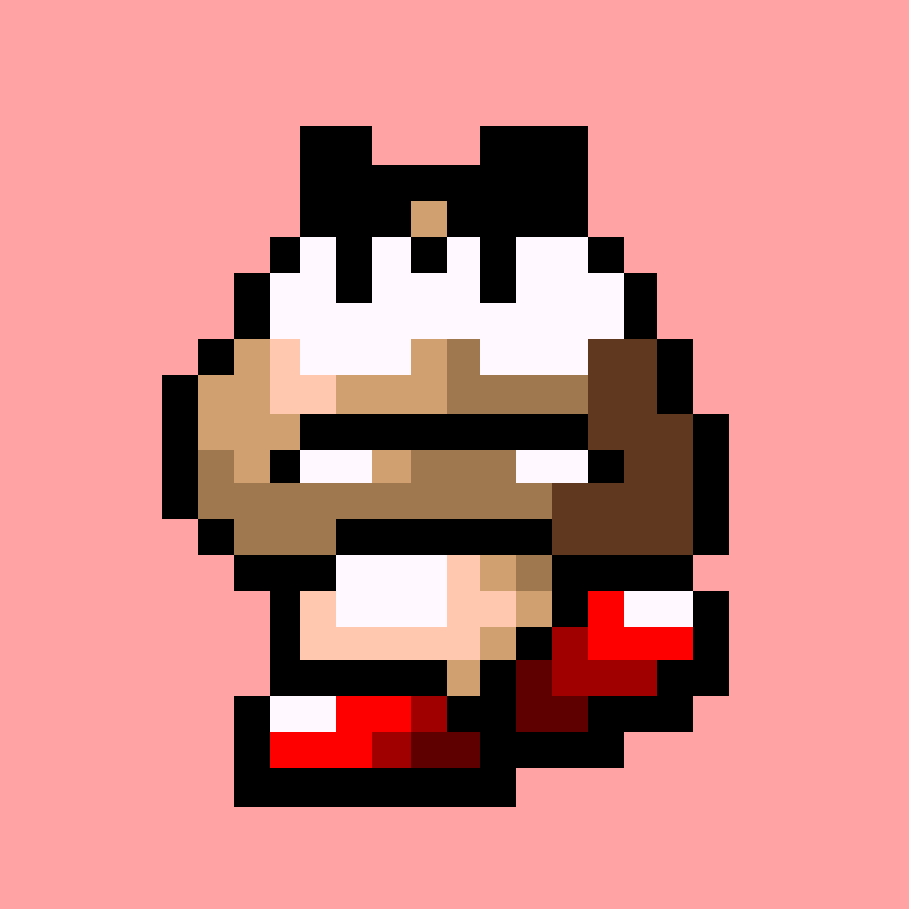What Is the Etymology of ‘Goomba’?
I’ve already written about the origin story of the Goomba, the lowliest enemy in the Super Mario games, and how and why there’s confusion about whether the Goomba is a mushroom or a chestnut. But this site exists to explore the origins of things and also to revisit the accepted stories for where things come from to see if they’re actually true, so it’s worth a second post to examine whether the most commonly shared explanation for the Goomba’s name actually checks out.
Specifically it was a comment on that post that made me rethink this.
I was surprised to read that the Western term Goomba appears to have descended from the term goombah, which I had not previously heard of. I've always assumed it came from the Bella Gomba variety of mushroom (which I think is known in English as portobello mushroom). Now I'm wondering if Bella Gomba is actually a neologism based on Super Mario’s Goombas? The name seems to be used most frequently in German, although it contains the Italian bella (and the word gomba does not exist in German). That being said, the precise term gomba seems to exist in Hungarian and actually means “mushroom” there.
This is a thrilling message to receive if you’re a giant nerd like me, who spends a lot of time thinking about video games and etymology and is extra stoked to consider both at the same time.
For starters, my initial post doesn’t identify the origin of Goomba as being for sure the Italian goombah, itself a dialectical variation of the standard Italian compare, “companion.” I just say that this is its presumed origin, but presumptions are worth questioning — and in this case, especially so, because the Super Mario games’ Italian-American ties are suspect. These games have an Italian-American sheen to them mostly because Mario and Luigi have the names they have. And while being Italian-American is a part of their history — and, for example, the reason why Charles Martinet was hired to give Mario a broad, exaggerated Italianish accent for Super Mario 64 — it doesn’t figure as deeply into the series lore as you’d might guess, especially not back in the day of the original Super Mario Bros.
Aside from Mario and Luigi’s names, there’s nothing of the brothers’ Italian-American heritage in that original NES adventure one way or the other. In fact, even though Brooklyn, New York, shows up in The Super Mario Bros. Super Show and the live action Super Mario Bros. movie both, it never is explicitly mentioned in a Mario video game until the 1993 edutainment title Mario’s Time Machine.
“Mommy, why does everyone have different line weights if they’re supposed to be in the same scene? Is this even series canon?”
Neither the Japanese nor the English backstory offered in the instruction manual for Super Mario Bros. says where Mario is from or whether he comes from “the real world” as opposed to just some Mushroom Kingdom-adjacent place. And for that matter, neither Brooklyn nor being Italian-American come up in the official Nintendo materials for Mario Bros. or the Donkey Kong games. In fact, in his first representation outside a video game, the Donkey Kong segments of the Saturday Supercade series, Mario is voiced by Optimus Prime himself, actor Peter Cullen, who plays him with no accent whatsoever despite the fact that Mario looks like a guy you’d see on a logo on a pizza box.
Watch in awed horror at Mario’s first non-video game appearance in the Supercade segment that is so not based on anything Brooklyn-related that it’s titled “Mississippi Madness.”
So if the trappings of being Italian-American came along later, there wouldn’t be much reason for the squat mushroom enemy to have a name associated with anything from this culture, would there?
Well, if goombah isn’t the explanation for where this name comes from, then gomba makes for a fairly satisfying alternate etymology. This Hungarian word and several similar ones — including the Slovene goba (“mushroom” or “sponge”), the Slovak huba (just “mushroom”) and the Polish gęba (a colloquial term for “face,” and yes, that seems super weird but hang on) — are all thought to descend from a hypothetical Proto-Slavic root goba, meaning “fungus,” “mushroom,” “sponge” (in the sense of the marine animal) and finally “lip” or “mouth.” It’s possible it may also be related to the ancient Greek spóngos, “fungus,” but some etymologists question this connection. I bring up all this history because in addition to being walking mushrooms, Goombas are also essentially walking faces, and in my head that makes this connection a bit more meaningful, though I can’t find an explanation of why any language group would have a word that means both “mushroom” and “face” other than the fact that it doesn’t take much imagination to see any standard mushroom as a head on a neck.
It’s possible, I suppose, that someone who spoke Hungarian or some Slavic language might have brought that into the Nintendo of America office when it came time to assign names for the Super Mario Bros. characters. But as the commenter points out, that isn’t even necessarily a requirement, because likely as a result of contact with these languages, German sometimes calls portobello mushrooms bella gomba.
It might just be that whoever came up with the name for this enemy saw them as being round and brown and decided they looked like portobello mushrooms — and then just altered the German name enough to sound cute.
I actually think this seems like the more likely etymology of the name, honestly. I suppose there is a chance that the name was picked because the localizer was riffing on some ambient Italian culture vibe they got from Mario and Luigi’s name and was leaning into the seamier associations goombah can have in the U.S., but that seems like more of a stretch now.
Miscellaneous Notes
Most people reading this site have probably heard the story about how Mario took his name from Mario Segale, the owner of the Tukwila, Washington, warehouse that Nintendo used as its American headquarters in 1981. There is often the sense that many origin myths for video game characters, ideas and names are at least partway fictionalized, but this one actually seems to be true — or at least that’s my guess, seeing as how neither Nintendo nor the Segale family wants to go on the record and say anything one way or the other. So no, it’s not like Pac-Man and hockey pucks. As I discuss in this post, the origins of Luigi’s name are far murkier; I don’t think anyone has ever proven that legendary Seattle-area restaurant Mario & Luigi’s ever actually existed.
Speaking of the odd connections between mushrooms and heads, in late October, Supper Mario Broth posted a collection of early designs for Princess Peach that appeared in a 1986 picture book in Japan.
My first reaction is that she looks like a kid, but then it occurred to me that her Mary Lou Retton-meets-Princess Di hairstyle may be an effort to make her look like a mushroom, thus solving the mystery of why the princess of the Mushroom Kingdom is named after a piece of produce that is not a mushroom. The source page of the post has a few more images of Princess Shroomhead, including this one standing next to her dad — a character so many people adapting Mario for non-video game media insist should exist, even if he’s never had a place in the games.
Wanna know what’s super weird? Apparently we don’t know where the term portobello comes from, referring to the mushroom. Like, it would seem that it should just mean “beautiful port,” but no one has so far figured out why that of all things got associated with this type of mushroom, though there are a few educated guesses. I bring this up because it’s helpful to point out that sometimes something might seem rather straightforward but the etymology ends up being something else entirely.
Finally, I bring up Mario’s un-accented debut in cartoons not as commentary on Chris Pratt’s choice to voice Mario in a way that makes him sound like Linda from Bob’s Burgers. I don’t care much for Chris Pratt, but it means something, I suppose, that there is a history of Mario being voiced with performance that is not especially rooted in Italian America. It’s not as if the upcoming movie will be the first take on Mario not to have a big, stereotypical accent.






